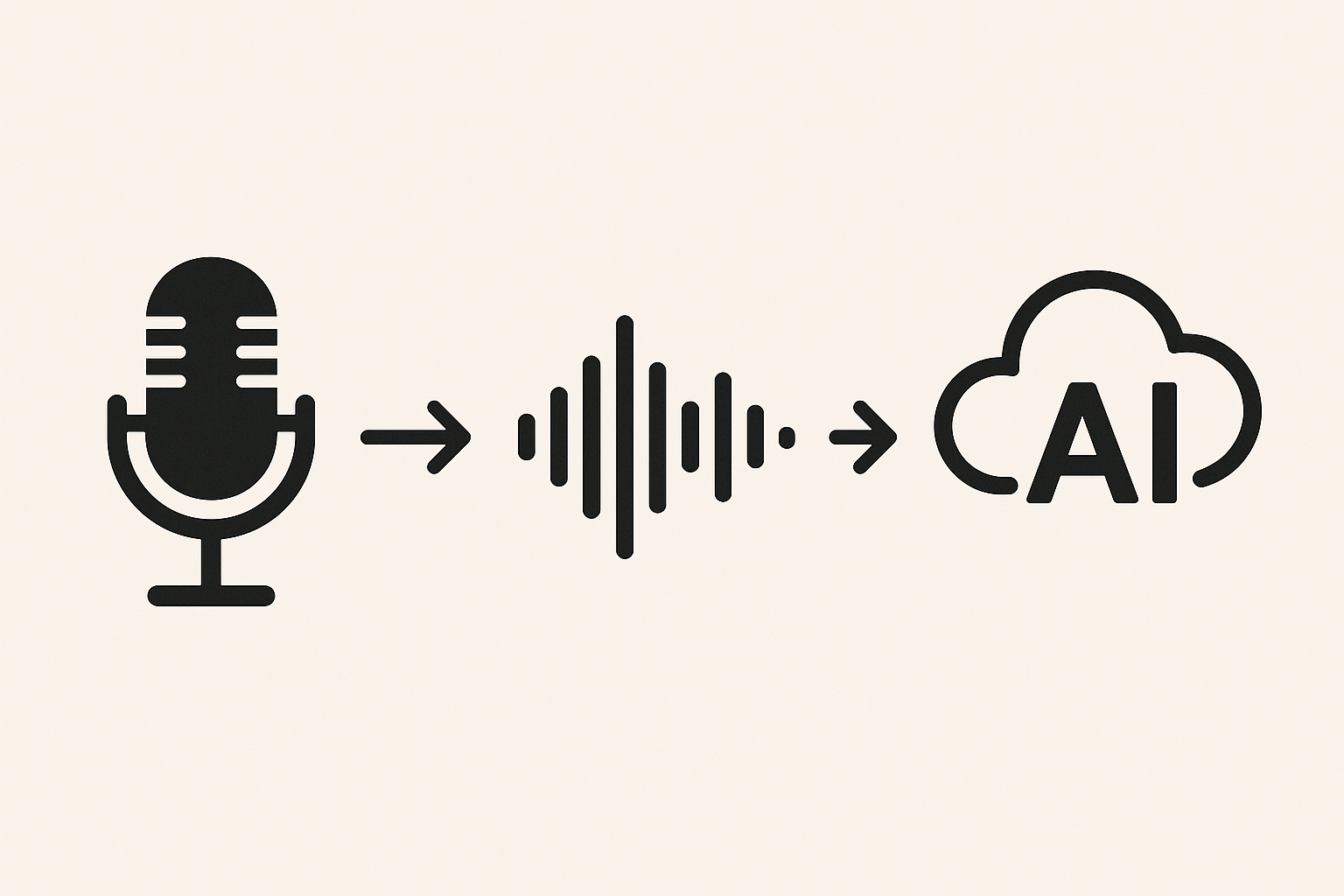How to Create Text to Speech with AI


How to Create Text to Speech with AI
If you’ve ever wondered how to create text to speech with AI, the good news is that today’s tools make it easier than ever. From Google Cloud TTS to OpenAI’s solutions, and platforms like SesMate, creators and educators can turn text into natural-sounding voice in minutes.
Table of contents
- Getting started with AI TTS
- Popular AI text-to-speech providers
- Google Cloud TTS vs OpenAI TTS
- Use cases for creators, educators, and agencies
- Automating voice overs for social media
- Using SesMate TTS output in other programs
- Voice cloning: what’s next
- FAQs
Getting started with AI TTS
Platforms like SesMate let you enter text, pick a target language and voice, and generate high-quality speech. The generated audio files are stored in your workspace, ready for download or use in other tools.
Steps: 1. Input your text into SesMate’s TTS form. 2. Select the output language and voice. 3. Adjust speed/rate if needed. 4. Generate and download the audio file.
Popular AI text-to-speech providers
Several companies provide AI-based text-to-speech:
- Google Cloud TTS — large catalog of neural voices, multi-language, realistic speech.
- OpenAI — integrated TTS within broader AI stack.
- Amazon Polly, Microsoft Azure Speech — strong alternatives with enterprise features.
Google Cloud TTS vs OpenAI TTS
When comparing Google Cloud TTS and OpenAI TTS: - Google offers more neural voices and nuanced intonation. - OpenAI is promising for integration with conversational agents. - For scalable production use, Google Cloud TTS is the most promising, delivering clear and natural voice output.
Use cases for creators, educators, and agencies
Who benefits from AI TTS? - Content creators: narrate videos without recording yourself. - Educators: turn lessons into accessible audio versions. - Small businesses: create marketing videos with professional-sounding voices. - Agencies: deliver multilingual training and promotional content quickly.
Automating voice overs for social media
By combining TTS with scheduling tools, agencies and creators can: - Auto-generate short voice overs for TikTok, Reels, or YouTube Shorts. - Repurpose scripts into multiple formats without re-recording. - Keep brand voice consistent across languages and platforms.
Using SesMate TTS output in other programs
Yes — audio generated in SesMate can be: - Imported into video editors like Premiere Pro, Final Cut, or DaVinci Resolve. - Combined with subtitles from SesMate’s Speech-to-Text feature. - Shared across podcasts, training modules, and e-learning platforms.
Voice cloning: what’s next
A common question: “Can I clone my voice with AI?”
Technically yes — open-source frameworks (like Coqui or TorToiSe TTS) enable this. SesMate plans to introduce voice cloning as a feature, so you’ll be able to replicate your own voice for personalized content.
Internal links & related reading
FAQs
Q: What’s the best AI for text-to-speech?
A: For most use cases, Google Cloud TTS offers the most natural voices and broadest language support.
Q: Can I use SesMate TTS audio outside the platform?
A: Absolutely. The generated audio files are yours to use in editing software, social media content, or training materials.
Q: Is voice cloning available now?
A: Not yet, but it’s on the roadmap. Early tests use small audio samples to replicate your voice.
Try SesMate free for 7 days